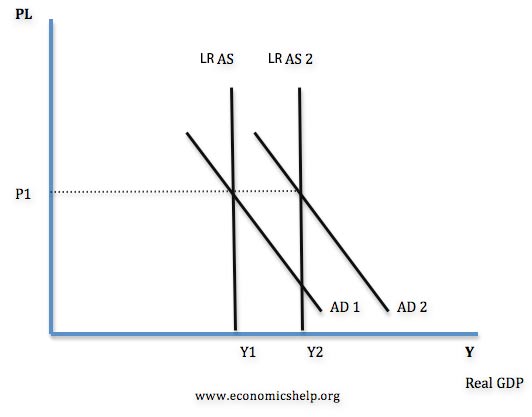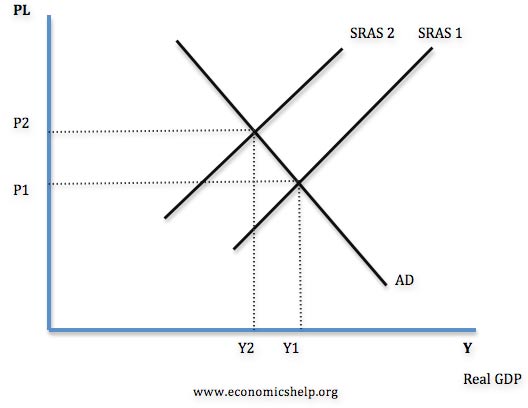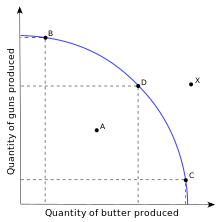Disposable Income (DI):
- Income after taxes or net income
- DI = Gross Income - Taxes
With DI, households can either:
- Consume (spend money on goods & services)
- Save (not spend money on goods & services)
Consumption:
Household Spending
The ability to consume is constrained by;
- the amount of disposable income
- the propensity to save
Do households consume if DI = 0?
-Yes, autonomous consumption
- Dissaving
APC = C / DI = % DI that is spent
Saving:
Household NOT spending
The ability to save is constrained by;
- the amount of disposable income
- the propensity to consume
Do households save if DI = 0?
-No
APS = S / DI = % DI that is not spent
APC & APS:
APC + APS = 1
1 - APC = APS
1 - APS = APC
APC > 1 .: Dissaving
MPC & MPS:
Marginal Propensity to Consume
- Change in C/ Change in DI
- % of every extra dollar earned that is spent
Marginal Propensity to Save
- Change in S / Change in DI
- % of every extra dollar earned that is saved
MPC + MPS = 1
1-MPC = MPS
1 - MPS = MPC
Determinants of C & S:
- Wealth
- Expectations
- Taxes
- Household Debt
The Spending Multiplier Effect:
- An initial change in spending causes a larger change in aggregate spending or AD
- Multiplier = Change in AD
Change in spending
- Multiplier = Change in AD
Change in C, I, G, or , X
Why does this happen?
- Expenditures & income flow continuously which sets off a spending increase in the economy.
Calculating the Spending Multiplier:
- Can be calculated from the MPC or MPS
- Multiplier = 1/ 1- MPC or 1 / MPS
- Multipliers are (+) when there is an increase in spending & (-) when there is a decrease.
Calculating the Tax Multiplier:
- When the govt taxes, the multiplier works in reverse
Why?
- B/c now money is leaving the circular flow
Tax Multiplier (note: its negative)
= -MPC/1-MPC or -MPC/MPS
-If there is a tax cut, then the multiplier is +, b/c there's now more money in the circular flow.









